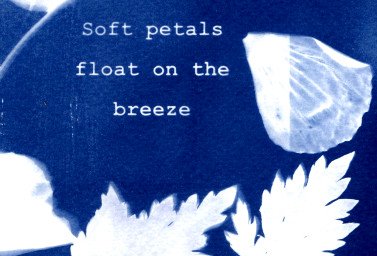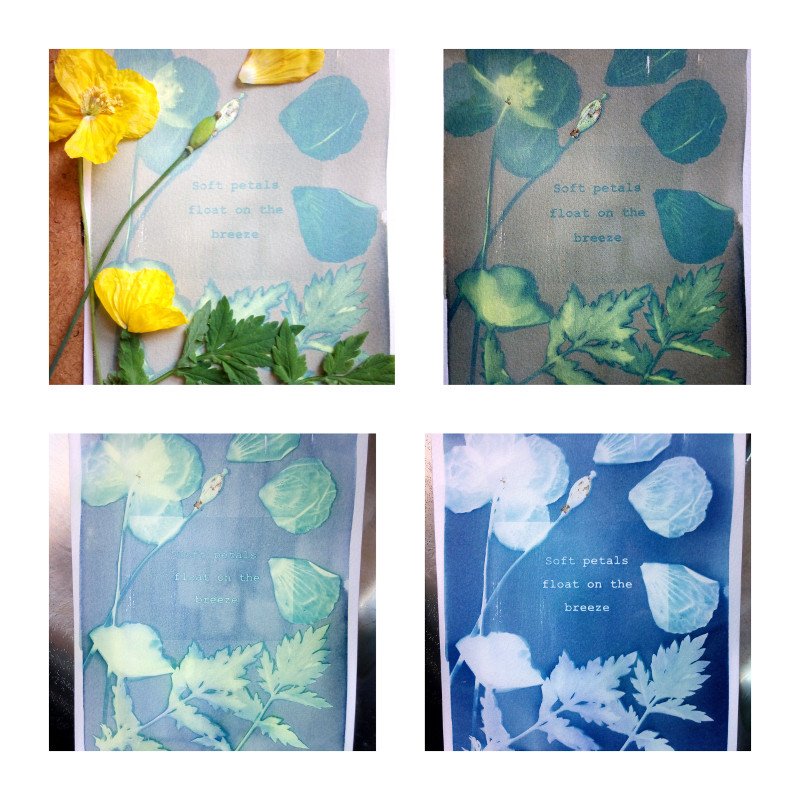
Playing with shadows
It is a beautiful day, so no better time to go out and play with shadows and light. Today I'm making cyanotype pictures.
The English scientist and astronomer Sir John Herschel discovered the procedure in 1842. Though the process was developed by Herschel, he considered it as mainly a means of reproducing notes and diagrams, as in blueprints.
Anna Atkins created a series of cyanotype limited-edition books that documented ferns and other plant life from her extensive seaweed collection, placing specimens directly onto coated paper and allowing the action of light to create a silhouette effect. By using this photogram process, Anna Atkins is sometimes considered the first female photographer.
-Source Wikipedia
The night before I make my cyanotypes I coat my paper with a light sensitive solution and allow it to dry. I make the solution from Ferric ammonium citrate, Potassium ferricyanide and water. Because the cyanotype solution is sensitive to UV light and not artificial light, unlike a lot of darkroom photography, I can do the preparation in artificial light instead of in the dark.
For the subject of my cyanotype I have chosen these yellow poppies, their petals have lovely translucent qualities that work well with this medium.

Exposing the chemically treated paper to the UV light of the sun, the paper turns from yellow to a blue grey. The paper will stay lighter where it is not exposed to the UV light.
In the images below you can see the process of the exposed paper changing colour when placed in a water bath. The grey areas turn blue and the blue/green areas turn white.



